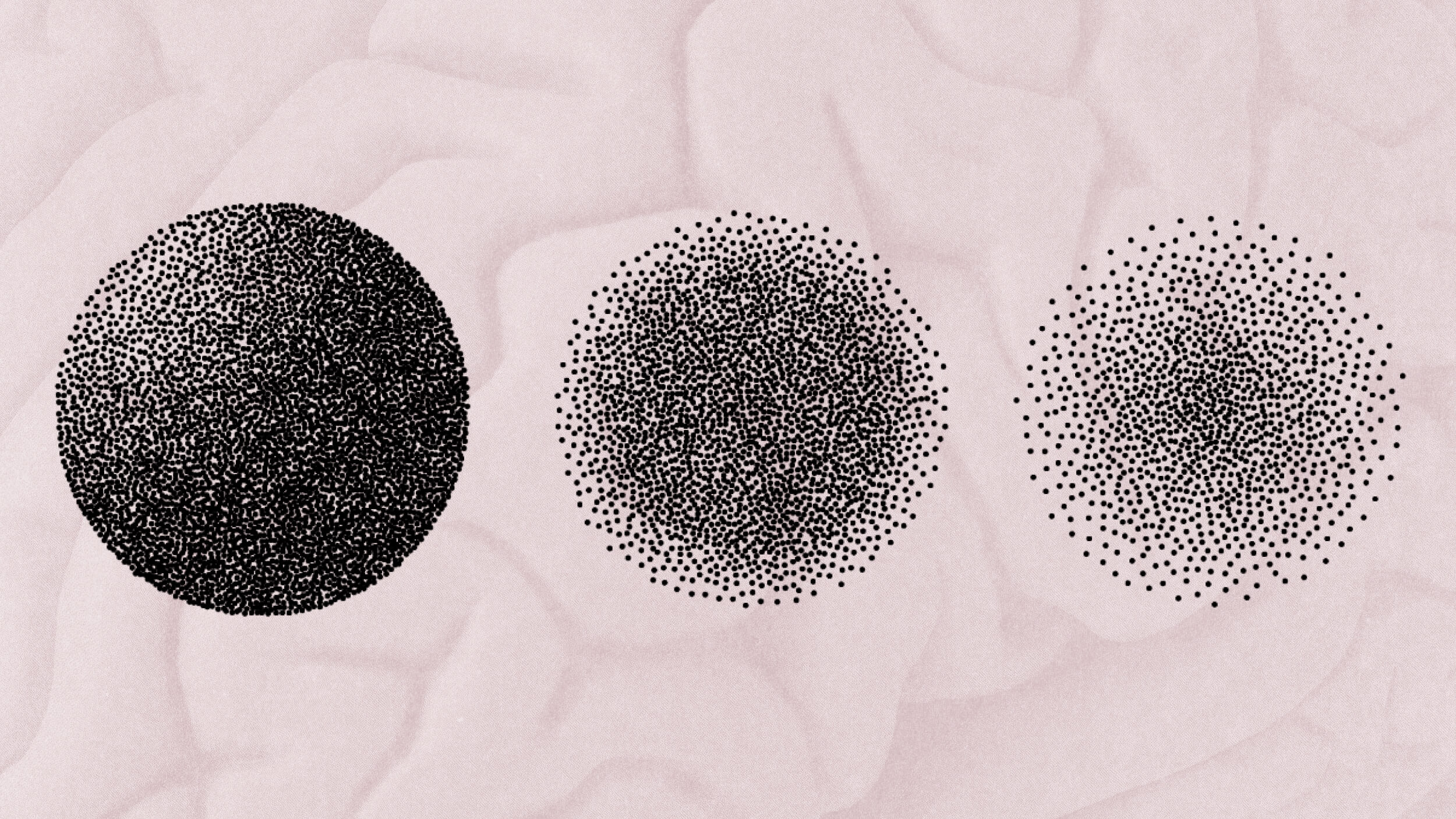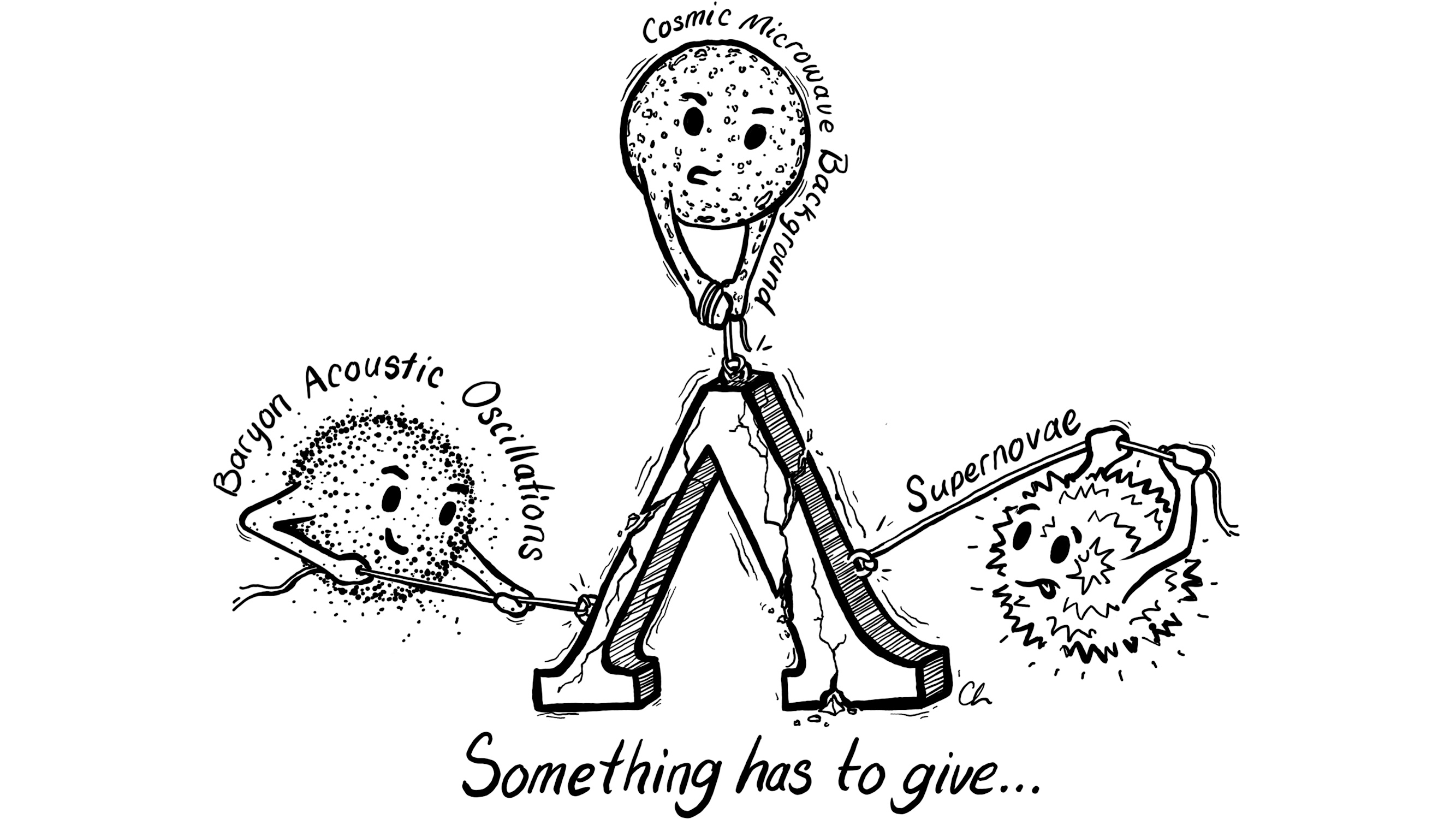Atomic Sublime: How Photography Shapes our View of Nuclear Warfare and Energy

The 70th anniversary of the dropping of atomic bombs on the Japanese cities of Hiroshima and Nagasaki will undoubtedly be accompanied by images of the “mushroom clouds” that rose over both cities. Terrible and sublime, these images burned themselves into the consciousness of “the greatest generation” and every generation since that’s lived with both the legacy of nuclear war and the reality of nuclear energy. A new exhibition at the Art Gallery of Ontario, titled Camera Atomica, looks deeply at the interrelated nature of photography and nuclear war and peace to come away with a fascinating glimpse of the calculatedly manufactured “atomic sublime” — the fascination with such terrible power at our command that simply won’t let us look away.
Guest curator and editor of the exhibition catalog, John O’Brian claims, “In subtle, but provocative ways this exhibition addresses some of the most controversial issues of the post-war era including nuclear proliferation, toxic waste disposal, and climate change. Beyond demonstrating the reach of atomic energy, this exhibition speaks to the power of photography—how it has influenced our perspectives over generations and helped shape a legacy of social anxiety.” It’s hard to imagine anything about nuclear war being subtle, but Camera Atomica manages to dissect the manipulative marketing of nuclear weapons and reactors over the decades to make them more acceptable to the public. Knowing what we know now about the dangers of exposure to radiation, it’s almost inconceivable that people once witnessed atomic test explosions like some kind of theatrical spectacle (as in the image above, from 1951), but, as Camera Atomica proves, we’ve still been a captive audience without even knowing it.
As O’Brian points out in his catalog introduction, “Through a Radioactive Lens,” “Wherever nuclear events occur, photographers are present. They are there not only to record what happens, but also to assist in the production of what happens. From the outset, photographic images have been instrumental in shaping nuclear research and how it is used.” From Hiroshima to Chernobyl to Fukushima, “Few aspects of the nuclear environment have escaped the camera’s gaze,” O’Brian explains. If photographs comprise our “public memory” of such events, “to what degree has photography contributed to an understanding of the reciprocal relationship in nuclear energy between harm and benefit? How should the different visual regimes of nuclear photography — scientific, surveillant, journalistic, documentary, fine art, propagandistic, touristic — be comprehended? What can photography tell us, or not tell us, about pressing social issues such as nuclear weapons proliferation, geo-political relations, climate change, and radioactive waste disposal?” O’Brian and Camera Atomica raise many important, troubling questions about nuclear energy that require both words and pictures to answer.
The Art Gallery of Ontario exhibition splits Camera Atomica into three parts: “Hiroshima and Nagasaki,” “Test and Protest,” and “Uranium and Radiation.” The first section opens with Berlyn Brixner’s photos of America’s Trinity test in the New Mexico desert in July 1945, the first nuclear detonation ever and trial run for Hiroshima and Nagasaki. In addition to the aforementioned iconic “mushroom cloud” images from August 1945, this first section includes lesser known survivor portraits by Shōmei Tōmatsu. From the very beginning, Camera Atomica demonstrates how official photography tried to keep the narrative up in the clouds, the realm of the “atomic sublime,” rather than down on the ground, where the reality of the human costs presented more terrible than sublime pictures. Tōmatsu’s picture of a wristwatch frozen at the moment of the Nagasaki detonation at 11:02 am on August 9, 1945 reminds us not only of how time stopped for the wearer, but also of how modernity changed irreversibly after humanity opened the Pandora’s box of nuclear war.
“Test and Protest” traces nuclear proliferation from those first tests in the desert to the Reagan Administration’s ramping up of nuclear weaponry as the Cold War between the United States and Russia heated up in the early 1980s. Bruce Conner’s BOMBHEAD visualizes the mentality of this period that learned “to stop worrying and love the bomb,” or at least the idea of the bomb that photography had conditioned them to love. The exhibition presents many examples of this nuclear marketing, perhaps most notably Operation Crossroads: The Official Pictorial Record, a visual scrapbook of Operation Crossroads, the first post-Hiroshima and Nagasaki U.S. atomic bomb testing at Bikini Atoll in 1946. That “pictorial record” included everything from a gold-embossed image of the test’s mushroom cloud on the cover to a photograph of Vice Admiral William H.P. “Spike” Blandy and his wife cutting a mushroom-cloud-shaped cake to celebrate the completion of the tests. Artist Barbara Krugerrecycled an Operation Crossroads mushroom cloud photograph in 1981 and added the words “Your Manias Become Science.” Kruger’s “message was directed at those nations in possession of nuclear weapons, members of the so-called Nuclear Club,” O’Brian writes in the catalog. “Kruger’s appropriation of an iconic Bikini image, and her reanimation of it with an aggressive political slogan, is presented without irony.” In the face of the light-hearted normalization of nuclear warfare by imagery and marketing text (“Even this cloud has a silver lining” being perhaps the most egregious example), Kruger is deadly serious about the “manias” of the maniacs she sees wielding the nuclear controls.
The last section of the exhibition struggles to balance the benefits (as energy source, medical tool, etc.) with the hazards (to human life and the environment) of nuclear energy. Edward Burtynsky’s Uranium Tailings #12, Elliot Lake, Ontario shows the environmental cost of uranium extraction as something both oddly beautiful and troubling in its devastation. Added to Emmet Gowin’s photos of the Nevada nuclear test site and Montana mining regions that seem more like alien landscapes than Earth ones and David McMillan’s eerie Chernobyl landscapes, the cumulative effect is an artistic protest against the visual manipulation of official channels pushing the atomic sublime. These new images are still striking and sublime in their own way, but forward a new narrative that rejects the “silver lining” of the mushroom clouds of the past.
In her catalog essay “Radical Contact Prints,” Susan Schuppli takes the idea of reversing the narrative even further. Just as we’ve been taking photographs of nuclear events since the beginning, those nuclear events have been “taking photographs” of us in return. Just as contact prints use photosensitive paper to turn exposed surfaces into images using sunlight (the most artistic version being Man Ray’s “rayographs”), radiation leaves a trace, however subtle, of whatever it strikes on the next nearest surface. “When two atomic bombs were detonated over Hiroshima and Nagasaki, their searing heat rays transformed the material surfaces of these cities quite literally into photographic contact prints as ghostly photograms of damaged bodies and buildings were etched into concrete and stone,” Schuppli writes. “Exposed by the radical intensity of the blast, and without the mediation of a filmic negative, these ‘atomic shadows’ document life at the very moment of death. They too are a kind of radio-autograph — a spontaneous recording of an external event to which it can actively bear material witness.” If only we had been looking at those “atomic shadows” of the ground-level destruction rather than at the mushroom clouds rising above, perhaps the story of 20th and 21st century nuclear energy and weaponry would be much different.
The exhibition Camera Atomica cleverly concludes with a discussion room designed to mimic a fallout shelter, so that visitors can muse on the fallout of the last seven decades of humanity’s use of nuclear power for good and ill. Camera Atomica and its exhibition catalog raise important questions about nuclear energy and the selling of nuclear proliferation worldwide. In her catalog essay, Schuppli quotes Ukrainian filmmaker Vladimir Shevchenko’s reaction to finding his film had been damaged by the radiation emanating from the recent Chernobyl disaster: “Radiation is a fatal invisible foe. One that even penetrates steel plating. It has no odor, nor color. But it has a voice. Here it is.” The same can be said of Camera Atomica in its ability to make nuclear energy “speak” with its powerful, terrible, sometimes sublime voice to bear witness that perhaps humanity had outstepped its bounds, or as J. Robert Oppenheimer quoted from the Bhagavad Gita at that first Trinity test, “Now I am become Death, the destroyer of worlds.” Camera Atomica calls us to become Life, maker of a new world with a clearer picture of nuclear energy.
[Image: Unknown U.S. Air Force, Atomic Explosion, 1951. Gelatin Silver Print. 20.32 x 25.4 cm. The Black Star Collection, courtesy of the Ryerson Image Centre.]
[Many thanks to the Art Gallery of Ontario for providing me with the image above and other press materials related to the exhibition Camera Atomica, which runs through November 15, 2015, and for a review copy of the catalog to the exhibition, Camera Atomica, withessays by John O’Brian, Hiromitsu Toyosaki, Julia Bryan-Wilson, Blake Fitzpatrick, Susan Schuppli, Iain Boal, Gene Ray, and Douglas Coupland.]
[Please follow me on Twitter (@BobDPictureThis) and Facebook (Art Blog By Bob) for more art news and views.]





